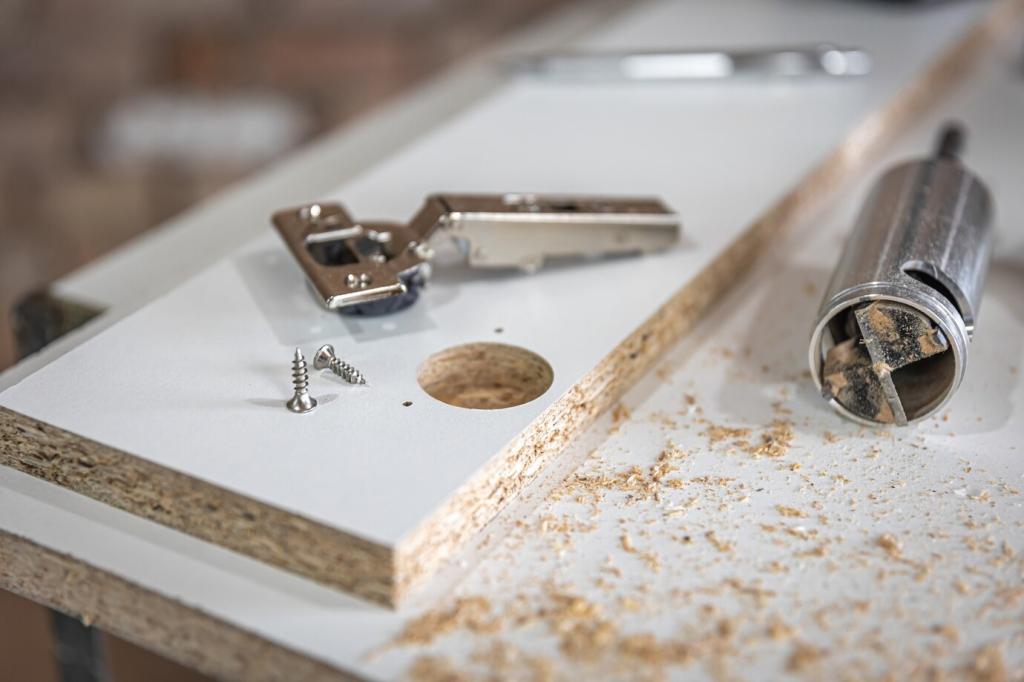Choose the Right Storage Environment
Select a climate‑controlled room or storage unit with monitored humidity and temperature. Garages and sheds invite condensation, pests, and seasonal extremes. If at home, an interior room often outperforms attics or basements for wood stability.
Choose the Right Storage Environment
Use pallets, blocks, or furniture dollies to create a moisture buffer and airflow gap. This protects against minor spills, cleaning water, and unseen slab dampness. Add felt or rubber to prevent vibrations and protect delicate feet and casters.


